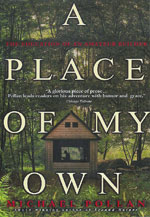
An architect is a person who plans, designs and oversees the construction of buildings. To practice architecture means to provide services in connection with the design of buildings and the space within the site surrounding the buildings that have human occupancy or use as their principal purpose. Etymologically, the term architect derives from the Latin architectus, which derives from the Greek, i.e., chief builder.

Christopher Wolfgang John Alexander was an Austrian-born British-American architect and design theorist. He was an emeritus professor at the University of California, Berkeley. His theories about the nature of human-centered design have affected fields beyond architecture, including urban design, software, and sociology. Alexander designed and personally built over 100 buildings, both as an architect and a general contractor.

Family Ties is an American sitcom television series that aired on NBC for seven seasons, premiering on September 22, 1982, and concluding on May 14, 1989. The series, created by Gary David Goldberg, reflected the move in the United States from the cultural liberalism of the 1960s and 1970s to the conservatism of the 1980s. This culture was particularly expressed through the relationship between young Republican Alex P. Keaton and his ex-hippie parents, Steven and Elyse Keaton.
The Experience Economy is the sale of memorable experiences to customers. The term was first used in a 1998 article by B. Joseph Pine II and James H. Gilmore describing the next economy following the agrarian economy, the industrial economy, and the most recent service economy. The concept had been previously researched by many authors.

Alain de Botton is a Swiss-born British author and philosopher. His books discuss various contemporary subjects and themes, emphasizing philosophy's relevance to everyday life. He published Essays in Love (1993), which went on to sell two million copies. Other bestsellers include How Proust Can Change Your Life (1997), Status Anxiety (2004) and The Architecture of Happiness (2006).

Habitat for Humanity International (HFHI), generally referred to as Habitat for Humanity or Habitat, is a US non-governmental, and nonprofit organization, which was founded in 1976 by couple Millard and Linda Fuller. Habitat for Humanity is a Christian organization. The international operational headquarters are located in Americus, Georgia, United States, with the administrative headquarters located in Atlanta. As of 2020, Habitat for Humanity operates in more than 70 countries.

The House at Pooh Corner (1928) is the second volume of stories about Winnie-the-Pooh, written by A. A. Milne and illustrated by E. H. Shepard. It is notable for the introduction of the character Tigger.

Michael Kevin Pollan is an American author and journalist, who is currently the Knight Professor of Science and Environmental Journalism at the UC Berkeley Graduate School of Journalism.

"Daydream Believer" is a song composed by American songwriter John Stewart shortly before he left the Kingston Trio. It was originally recorded by the Monkees, with Davy Jones singing the lead. The single reached No. 1 on the U.S. Billboard Hot 100 chart in December 1967, remaining there for four weeks, and peaked at No. 5 on the UK Singles Chart. It was the Monkees' third and last No. 1 hit in the U.S.

Self-build is the creation of an individual home for oneself through a variety of methods. The self-builder's input into this process varies from doing the actual construction to contracting the work to an architect or building package company.

The Omnivore's Dilemma: A Natural History of Four Meals is a nonfiction book written by American author Michael Pollan published in 2006. As omnivores, humans have a variety of food choices. In the book, Pollan investigates the environmental and animal welfare effects of various food choices. He suggests that, prior to modern food preservation and transportation technologies, the dilemmas caused by these options were resolved primarily by cultural influences.
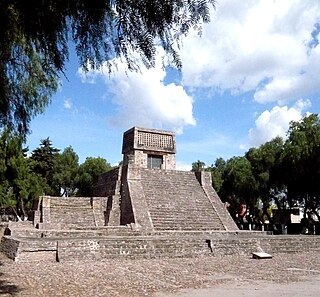
Aztec architecture is a late form of Mesoamerican architecture developed by the Aztec civilization. Much of what is known about it comes from the structures that are still standing. These structures have survived for several centuries because of the strong materials used and the skill of the builders.

A Theory of Architecture is a book on architecture by Nikos Salingaros, published in 2006 by Umbau-Verlag, Solingen, ISBN 3-937954-07-4. Glowing cover blurbs by Kenneth G. Masden II, Duncan G. Stroik, Michael Blowhard, and Dean A. Dykstra. Preface by Prince Charles, and Foreword by Kenneth G. Masden II. This book is a re-working of previously published articles used to teach a senior architecture studio class. Four of the twelve chapters were originally written in collaboration, and the co-authors include Michael Mehaffy, Terry Mikiten, Debora Tejada, and Hing-Sing Yu.

Peter L. Gluck is principal of GLUCK+, an architecture firm based in New York City since 1972. A monograph of his work, The Modern Impulse, was published by ORO Editions in 2008. Gluck has designed buildings ranging from structures such as hotels, schools, university buildings and affordable housing to churches, homes, corporate interiors and historic restorations. Many of his projects regularly win national and international design awards and have been published in architectural journals and books in many countries. Gluck's sons are architect Thomas Gluck and director Will Gluck.
Carl Heldmann is an American author, home builder, and construction loan consultant.
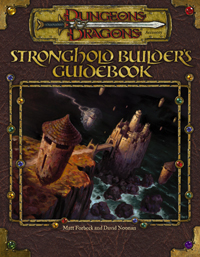
Stronghold Builder's Guidebook is a sourcebook for the 3rd edition of the Dungeons & Dragons fantasy role-playing game.
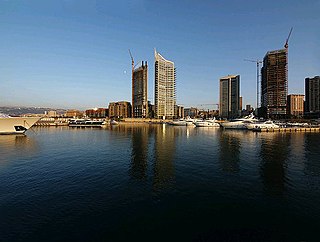
Real estate development, or property development, is a business process, encompassing activities that range from the renovation and re-lease of existing buildings to the purchase of raw land and the sale of developed land or parcels to others. Real estate developers are the people and companies who coordinate all of these activities, converting ideas from paper to real property. Real estate development is different from construction or housebuilding, although many developers also manage the construction process or engage in housebuilding.

Cooked: A Natural History of Transformation is a 2013 book by Michael Pollan. It details Pollan's attempt to learn how to cook several different foods, including barbecue pork, bread, and cheese. He said he wanted to further his culinary education to better feed his family and connect with his teenage son. In Cooked, Pollan asserts that cooking helped modern man evolve and become culturally sophisticated. The book is divided into four sections—Earth, Air, Fire, and Water—and he details how they influence the cooking process.
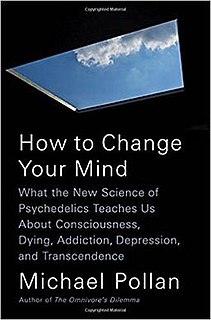
How to Change Your Mind: What the New Science of Psychedelics Teaches Us About Consciousness, Dying, Addiction, Depression, and Transcendence is a 2018 book by Michael Pollan. It became a No. 1 New York Times best-seller.
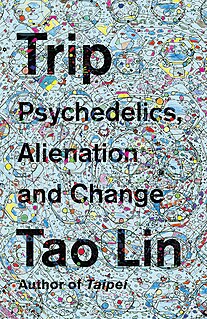
Trip: Psychedelics, Alienation, and Change is a 2018 nonfiction book by Tao Lin. It is his first nonfiction book, and eighth book total.
